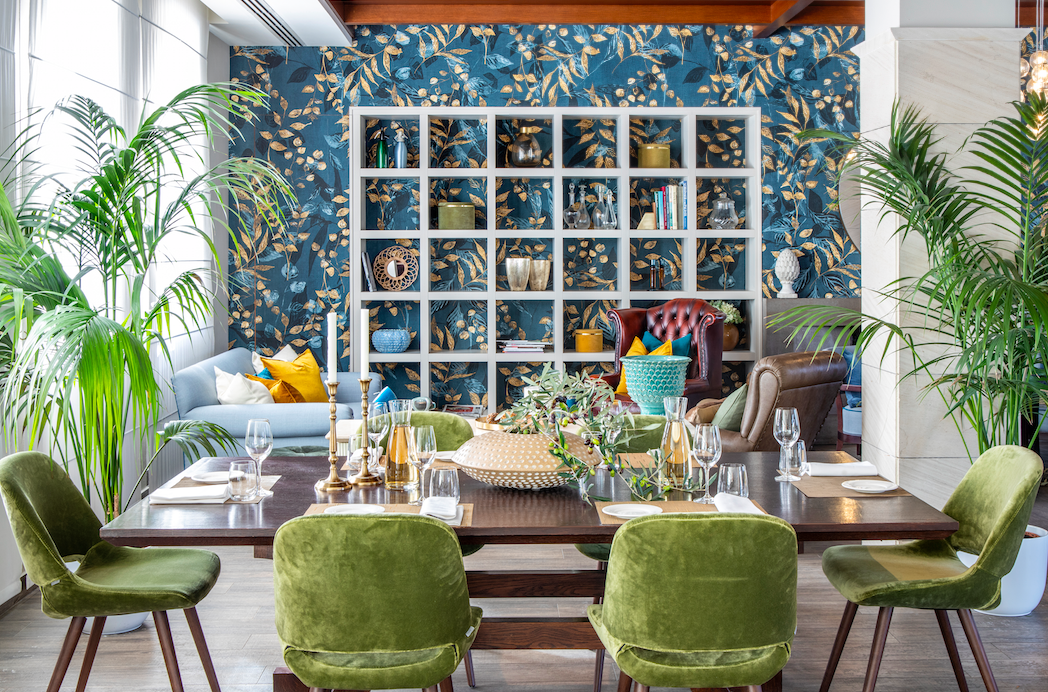amongst the most renowned spa complexes in italian ancient history, terme di saturnia stands out from other thermal buildings, due to the extraordinary geological dynamic conformation of the waters gushing out of the crater and resulting in lovely waterfalls complemented by shallow natural pools.
completed in 1919, on the threshold of its 101st anniversary the complex has been renewed by the london-based studio thdp with a project offering insights into the future and a look back to the past.
“the initial briefing strived to achieve a visible and perceived renewal while retaining the original internal architectural structure and maintaining the high-quality furnishings as part of the former design project by the architect lorenzo bellini” explained manuela mannino of thdp.
the property features – due to its position on the territory with respect to the famous spring – two distinct settings, connected between large common areas such as the lobby and reception. on the one hand, we can find the famous spring of sulfur water while, on the other, the serenity and the intimacy of the surrounding greenery.
the original thermal spring is the tank-shaped crater from which clean water renewed at intervals of six hours flows with a 37.5 degrees constant temperature. as the water descends towards the mill, it cools down and the sulfur crystalizes, thus rendering the water brighter and purer and giving it a celestial color due to the presence of crystallized sulfur.
the water of saturnia originates from the rain that falls on mount amiata, finding erosive underground paths of travertine and eventually re-emerging from the crater after 40 years, hence resulting in small bubbles and continuous circular movements on the tank.
the inspiration for the concept arises from the favorable natural condition. the earth, the air, and the water modify the elements, the light, the temperature. “we have employed terms such as reflection, corrosion, erosion, layering, ripples to convey the visual and emotional language of interior design” lighting installations with glass spheres have been designed by gomiero, who had the intuition to ripple the spheres, thus re-creating and transposing the water’s reflexes on the walls in the rooms adjacent to the bathtub in communal areas, as required by the studio.
read on: https://bit.ly/2PjMqLu

